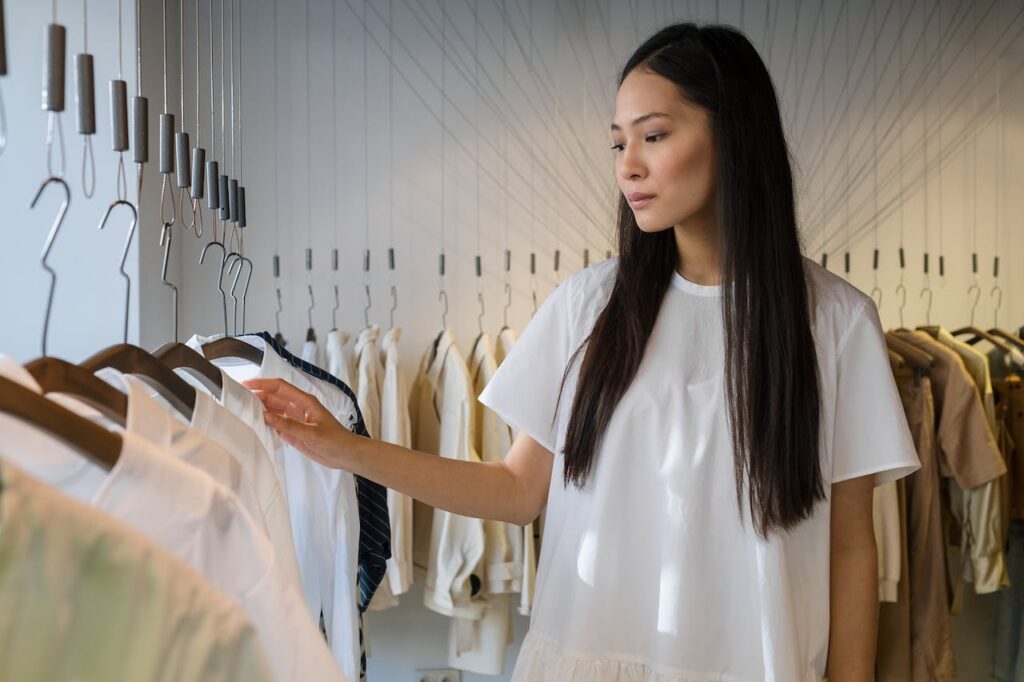The apparel decorating business is an ever-evolving landscape brimming with creativity and innovation. As we enter 2023, it’s essential for those in the industry, particularly those considering an apparel franchise, to stay abreast of the latest trends.

These trends reflect the current consumer mindset and set the path for future business strategies. Here, we delve into the top trends shaping the apparel decorating business this year, offering insights and inspiration for entrepreneurs and designers alike.
Eco-Friendly and Sustainable Practices
Sustainability is no longer just a buzzword; it’s a necessity. In 2023, the apparel decorating industry is witnessing a significant shift towards eco-friendly materials and sustainable production processes. Consumers are increasingly aware of their environmental impact, driving demand for organic fabrics, water-based inks, and energy-efficient manufacturing.
Personalization and Customization
The desire for uniqueness is fueling the rise of personalization in apparel. Customers are looking for products that reflect their personality, leading to a surge in custom-designed clothing. This trend is not just about adding a name or a message; it’s about creating one-of-a-kind pieces that resonate with individual styles and values.
Digital Printing Technology
Digital printing is revolutionizing the apparel decorating industry. With technological advancements, digital printers can now produce high-quality, detailed designs faster and cheaper, opening up new possibilities for patterns, vibrant colors, and photorealistic prints.
Vintage and Retro Designs
Nostalgia is a powerful sentiment, making a big comeback in apparel decorating. Vintage and retro designs, reminiscent of the 80s and 90s, are becoming increasingly popular. This trend is more than just fashion; it’s about evoking memories and connecting to the past.
Bold and Bright Colors
Gone are the days of playing it safe with color. In 2023, bold and bright colors will dominate the apparel decorating scene. From neon hues to pastel shades, these vibrant colors are making a statement and allowing wearers to express their personalities loudly and proudly.
Textural Elements
Texture is adding a new dimension to apparel decorating. Techniques like embroidery, beading, and 3D printing are being used to add depth and tactile elements to clothing. This trend is about creating an experience beyond visual appeal, engaging the sense of touch.
Athleisure and Functional Wear
The line between athletic wear and everyday clothing continues to blur. Athleisure is a growing trend, focusing on functional yet fashionable pieces. Apparel decorators innovate with designs that offer comfort, durability, and style, catering to consumers’ active lifestyles.
Inclusive Sizing and Designs
Inclusivity is at the forefront of the apparel industry. There is a growing demand for apparel that caters to all body types and sizes, promoting a message of body positivity and acceptance. This trend is about celebrating diversity and ensuring everyone feels represented and valued.
Collaborations and Cross-Brand Partnerships
Brands partner with artists, celebrities, and other companies to create limited-edition collections. These partnerships are not just about combining aesthetics; they’re about merging different worlds and ideas to create something unique and exciting.
Eco-conscious Packaging and Branding
Eco-conscious packaging solutions, such as biodegradable bags and recycled tags, are becoming increasingly popular. This trend is about presenting a cohesive brand image that aligns with the values of environmental responsibility and ethical practices.
Conclusion
The apparel decorating business in 2023 is vibrant, diverse, and conscious. These trends reflect a deeper connection between fashion and personal values, highlighting the importance of creativity, sustainability, and inclusivity. As we embrace these trends, it’s crucial for businesses, especially those venturing into an apparel franchise, to adapt and innovate, ensuring they remain relevant and appealing to the modern consumer.
